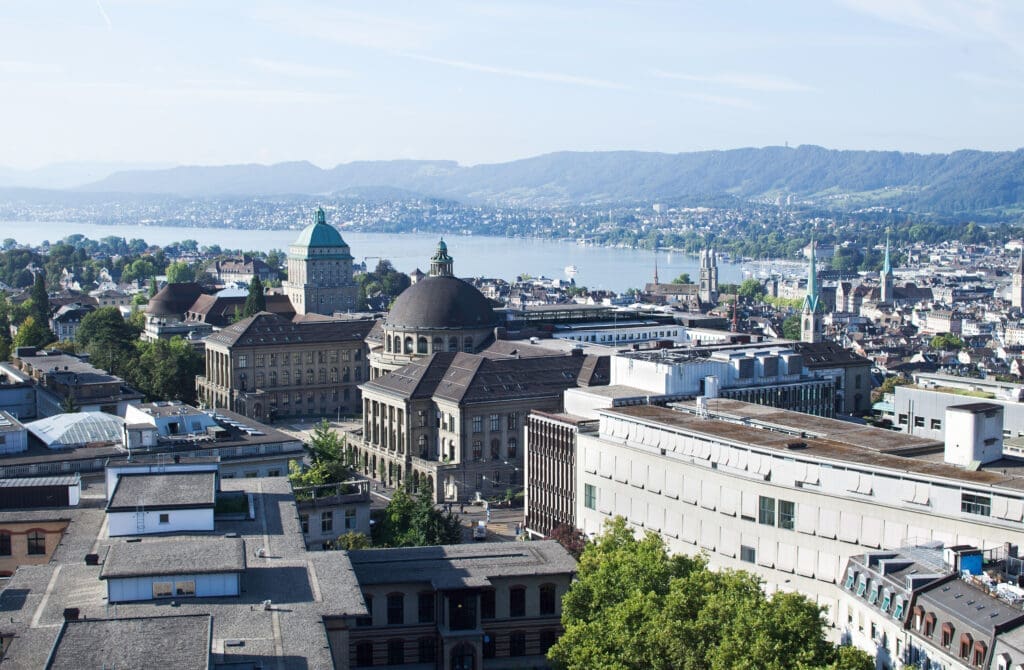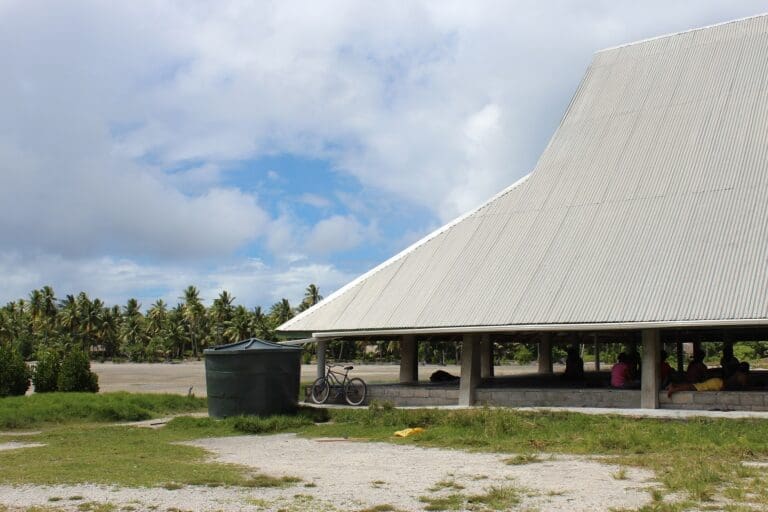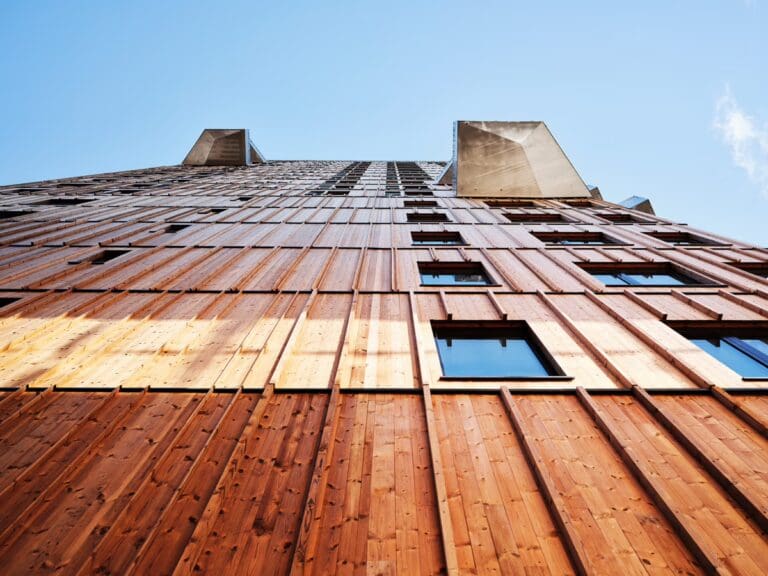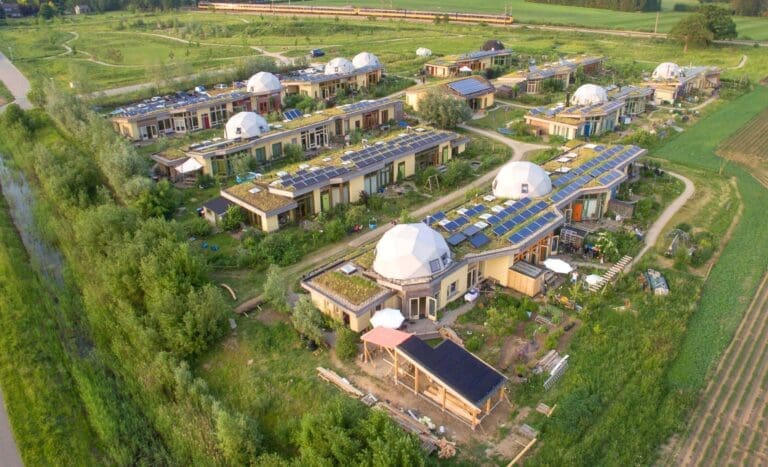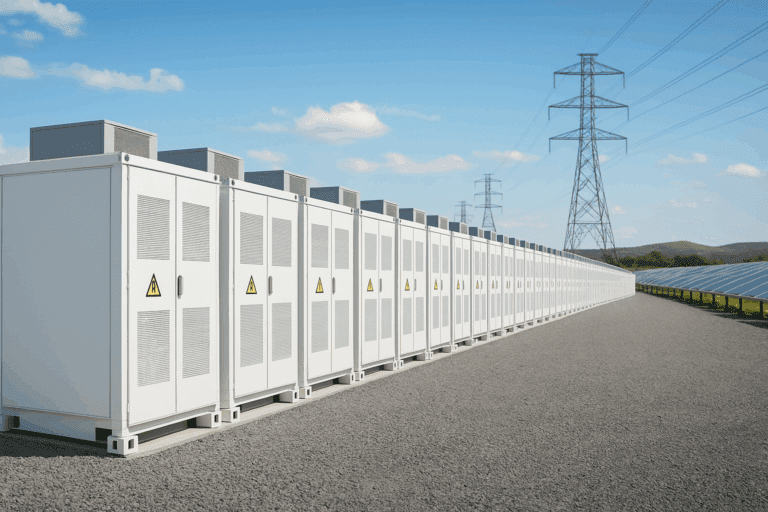In an age of climate crisis, resource scarcity, and urban growth, the Swiss city of Zurich has become a model for sustainable transformation. At the heart of this movement lies the 2000-Watt Society—a consequent yet pragmatic initiative designed to reduce per capita energy consumption to 2,000 watts and CO2 emissions to 1 ton per year (or 48 kWh per day) without sacrificing quality of life.[1][2] Swiss population in 2025 is approximately 8.9 million[3]—highlighting the scale of required change.
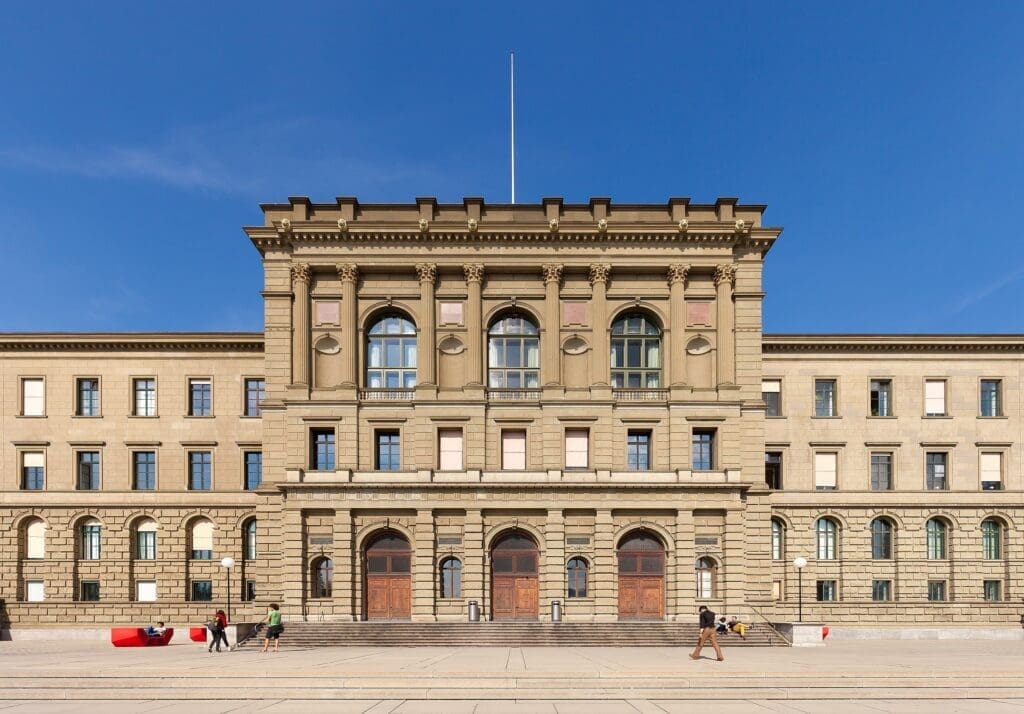
What started as a concept at ETH Zurich—the Federal Institute of Technology Zurich—has evolved into a legally binding municipal strategy, now expanding across Switzerland’s decentralized federal system of cantons. More than a policy—it’s a blueprint for a future that’s cleaner, healthier, and more equitable.
Motivation
Zurich residents currently consume about 3,500 to 4,000 watts per capita, down from around 5,000 watts in the early 2000s.[1] The 2000-watt threshold represents a globally sustainable energy level that could be equitably shared across all nations. By scaling down fossil fuel use, the city aims to reduce CO2 emissions from 6.1 tons in 1990 to 1 ton by 2050.[1] Cutting fossil fuels leads to cleaner air, reducing respiratory illnesses. Zurich’s urban plan promotes cycling, walking, and public transport, contributing to healthier and more active lifestyles while reducing car dependency.
History
The 2000-Watt Society was initiated at ETH Zürich in 1998 and published as a white paper in 2004, which examined the feasibility of a 2000-Watt Society from a technical and natural-scientific perspective.[4] The concept was developed as a visionary framework to address global energy consumption and climate challenges. It aimed to reduce the average primary energy use of individuals in developed nations to 2,000 watts per person by 2050, without compromising their quality of life. This ambitious goal was rooted in scientific research and interdisciplinary collaboration at ETH Zurich, one of the leading universities worldwide, which provided the intellectual foundation for the initiative.
The initiative gained political traction when it was presented to the public and policymakers as a practical and achievable vision for sustainable living. In 2008, the city of Zurich held a referendum to integrate the 2000-Watt Society’s principles into its municipal policies. The proposal received overwhelming support, with 76% of voters approving it.[1] This marked a significant milestone, as it was the first time the concept was democratically legitimized and made legally binding for city planning and development.

Target Group
The 2000-Watt Society addresses all layers of Swiss society. Urban residents are increasingly adopting sustainable lifestyles by living in low-energy buildings and using low-carbon transport options such as trams or electric vehicles. Businesses, homeowners, and landlords are encouraged to retrofit offices, houses, and apartments to meet energy-efficiency standards.
Standards, Certifications and Frameworks
The Minergie-P Standard was established in 2002, as a building standard focused on energy efficiency and comfort. It emphasizes features like excellent insulation, airtight construction, renewable energy use, and minimal greenhouse gas emissions during construction. It aligns with the goals of the 2000-Watt Initiative by promoting low-energy buildings. Minergie-P standard is complementary to the 2000-Watt initiative and each work together to create a more sustainable future.

Certification Program: The 2000-Watt site (neighborhoods, city districts, and building developments) certification promotes sustainable urban development with the goal of reducing energy consumption to 2000 watts per person. It emphasizes primary energy use and greenhouse gas emissions meeting strict target values, diversity of use, local supply, and efficient land utilization in urban planning. It also reflects the support for public transport, combined mobility, and reduced reliance on private vehicles. In addition, it promotes high-density use, cost efficiency, and adherence to energy standards for buildings, efficient water use, waste recycling, and renewable energy integration in supply and waste management.
The certification process evaluates sites across their entire lifecycle, from planning to operation, with a focus on participation and cooperation among stakeholders to ensure sustainable practices.
The Federal and Cantonal Buildings Program provides support for energy-efficient renovations, renewable energy installations, and waste heat recovery, funded by proceeds from the CO2 levy, with up to CHF 450 million allocated annually. Tax incentives further encourage energy-efficient building renovations, offering deductions for demolition costs and energy-related improvements. Local programs, such as Zurich’s support for balcony solar plants (see also Solarpunk Cities Newsletter #1), add to these initiatives. Public institutions are setting an example in procurement, education, and planning, while canton governments collaborate to expand these sustainable models beyond Zurich’s city limits. Participation in these initiatives is particularly strong among young professionals, students, and families who prioritize sustainable living.
Public institutions are taking on a pioneering role in communications and awareness-raising, as well as in planning related activities. The cantonal governments are collaborating to adopt these exemplary approaches beyond Zurich’s city limits. There is especially strong engagement and participation in these initiatives among young professionals, students, and families who value sustainable living.
Adoption of the 2000-Watt Initiative
Switzerland’s federal structure, composed of 26 cantons, demonstrates the voluntary nature of the 2000-Watt Society at the national level. While participation is not mandated across all cantons, the Federal Office of Energy plays a significant role in fostering collaboration. This is achieved through incentives and programs such as SwissEnergy,[5] which aim to encourage adoption and implementation of energy efficiency and sustainability practices.
Further Swiss cities, for example Basel, Vaud, Lucerne, Zug, or Aarau, have embraced the 2000-Watt Society and integrated its principles into their energy policies and development strategies, showcasing their commitment to sustainability and energy efficiency.
Other cities or cantons, while not officially certified as part of the 2000-Watt Society, still align themselves with Switzerland’s broader Energy Strategy 2050. This alignment indicates their involvement in pursuing similar goals of reducing energy consumption and promoting renewable energy sources, even if they do not formally adhere to the 2000-Watt Society framework. This demonstrates a varied but united effort across the nation to work towards energy sustainability.
Achievements
- Entire districts like Greencity Zurich serve as showcases of circular, low-energy urbanism[6]
- Over 100 cities and municipalities across Switzerland have adopted the framework[7]
- At least 23 of Switzerland’s 26 cantons are implementing 2000-Watt-aligned strategies[7]
- Switzerland reduced per capita energy use from 6000 watts in the year 2000 down to 4,000 watts in 2023 (-33 %)[8]
- Continuous per capita CO2 reduction: From 5.8 tons in the year 2000 down to 3.5 tons in 2022 (-40 %)[8]
Future Goals
By 2035, Switzerland aims to reduce its greenhouse gas emissions by at least 65 % compared to 1990 levels, and by 59 % on average in the 2031 to 2035 time period.[8] As per the 2000-watt initiative, the long term goal is to reach 2000-watt and 1-ton CO2 targets by 2050.
Public Engagement and Behavior Change
Zurich supports widespread behavior change, with services and tools like energy consultations, an Energie-Coach app, and city-wide Sustainability Days. Programs in schools, businesses, and residential communities foster an inclusive approach to transitioning the city toward its 2000-Watt goals. This mirrors Switzerland’s direct democratic culture, where long-term environmental goals are grounded in civic participation.
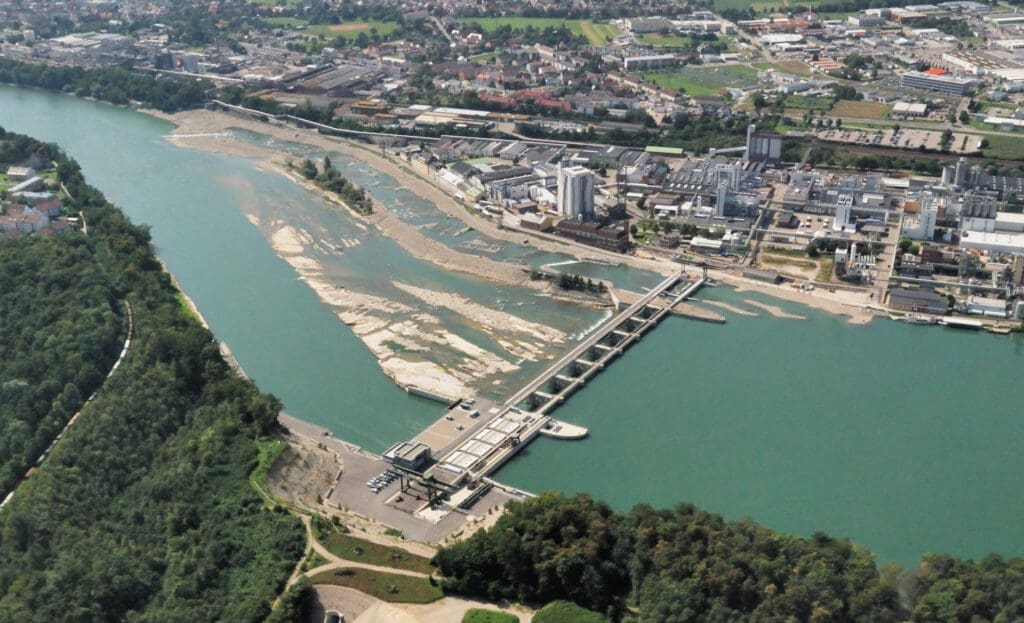
Global Influence
Switzerland introduces the model of the 2000-Watt Society to global climate diplomacy via the UNFCCC (United Nations Climate Change), C40 Cities (global network of mayors in action to confront the climate crisis), and ICLEI (global sustainability) networks. The example set by Zurich illustrates how a high-income nation can achieve CO2 reduction through a decentralized, citizen-led transformation.
Connecting the Dots with Solarpunk
The 2000-Watt Society is more than just a policy—it is the practical implementation of Solarpunk principles. It embodies the Solarpunk ideals of community empowerment through democratic tools such as referendums, supports eco-friendly public transport, and establishes standards, programs, and tools that create legally secure frameworks for conserving energy, increasing renewable energy, and modernizing infrastructure through innovative technologies. Moreover, it is a scalable blueprint that can be adopted by other countries, regions or communities worldwide. With every watt reduced and every ton of CO2 avoided, Zurich isn’t merely envisioning the future—it’s building it.
Sources:
[1] https://en.wikipedia.org/wiki/2000-watt_society
[2] https://ourworld.unu.edu/en/2000-watt-society
[3] https://www.statista.com/statistics/263743/population-in-switzerland/
[4] https://ethz.ch/en
[5] https://www.bfe.admin.ch/bfe/en/home/swiss-federal-office-of-energy/the-swissenergy-programme
[6] https://www.greencity-zh.ch/home
[7] https://www.local-energy.swiss/dam/jcr:600fcd4e-9aab-41f3-bbfd-091e20f9727b/2020-11-03_ESfG_2000WG_Facts_Figures_DE.pdf
[8] https://www.local-energy.swiss/programme/netto-null-2000-watt/die-schweiz-auf-ihrem-weg-zu-2000-watt-und-netto-null.html#/

